In this day and age, we are less governed by either the Christian Church or the movement of the moon, like the ancient Pagans were; thus it is unsurprising we have to look at a calendar to check when we’re supposed to buy those chocolate eggs (I mean, if you’re anything like us you’ve been chowing down on them since February — but still!)
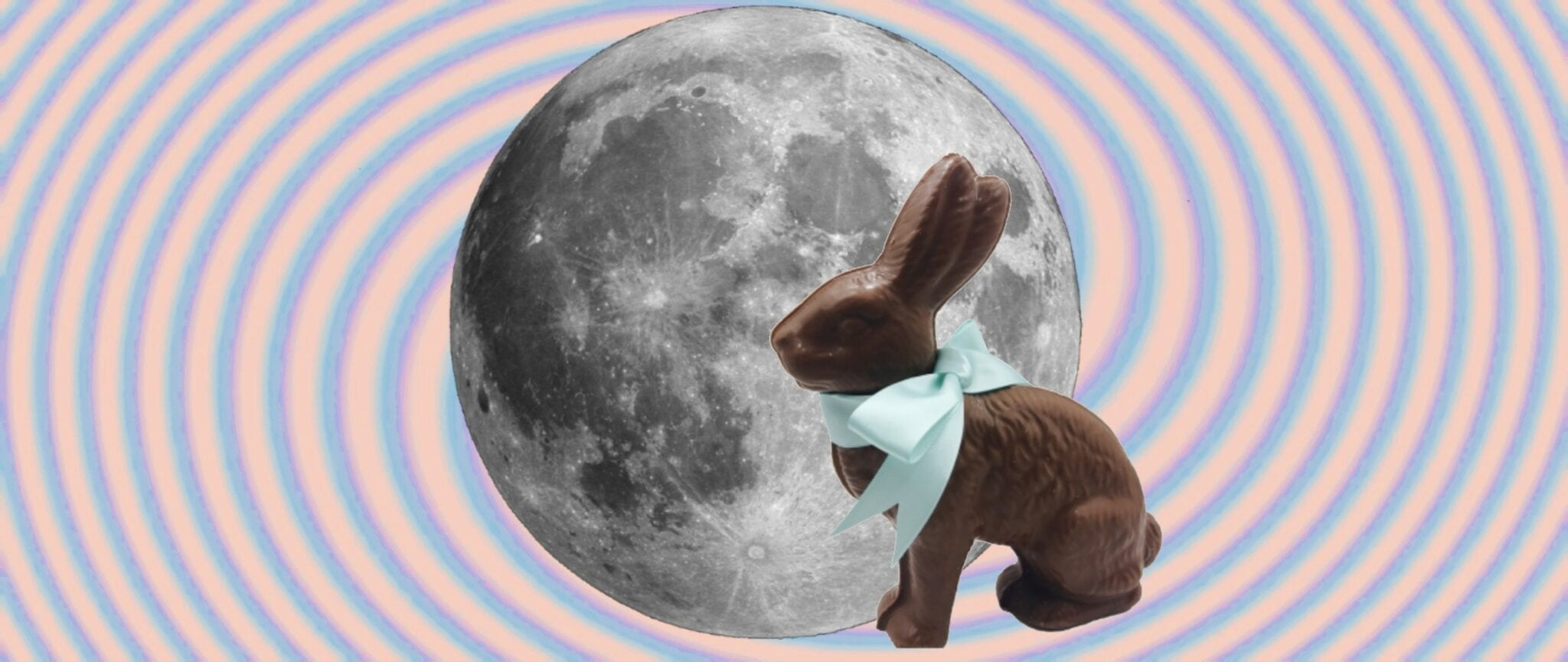
But, regardless of our modern confusion, in times gone by, Easter was one of the most important dates in the calendar. So how did an ancient fertility festival become a celebration of the resurrection of Christ — and how did that in turn become a big ol’ chocolate egg party? And how can you, the modern psychonaut, enjoy some of these fun traditions — but with a trippy twist? Well, luckily we’re here to show you how to have a psychedelic Easter!
But first things first, as always we must start with a history lesson… now cast your minds back…
The Origins Of Easter
As with so many ancient festivals that have been painted and re-painted again — as similar-but-different celebrations — the origins of Easter are fuzzy (like a chick!) It is certain that there have been celebrations around this date since the beginning of humanity, as the Vernal (spring) Equinox falls on or around the 21st of March. This is when the days begin to get longer, as the much-desired summer approaches. Flowers bloom, animals are born and the whisperings of renewal can be heard on the breeze. For people of the past, whose existence was so intertwined with their environment, this would have been cause for much celebration and joy.
Pesach — Pascha
One of the oldest festivals that often overlaps with modern day Easter is, of course, the Jewish Passover. Celebrated for 3,400 years to commemorate the exodus of the Jews from Egypt, it is thought that The Last Supper itself was a Passover Seder (Hebrew ritual feast). Passover falls on the 15th day of the Hebrew month of Nisan. It is always a full moon. As it is governed by the lunar cycle which is not consistent, it changes yearly. Originally, Christians began to celebrate Easter on the Sunday after the 15th day of Nisan. However, eventually it was decided that it would be celebrated on the first Sunday, after the first full moon, after March 21st.
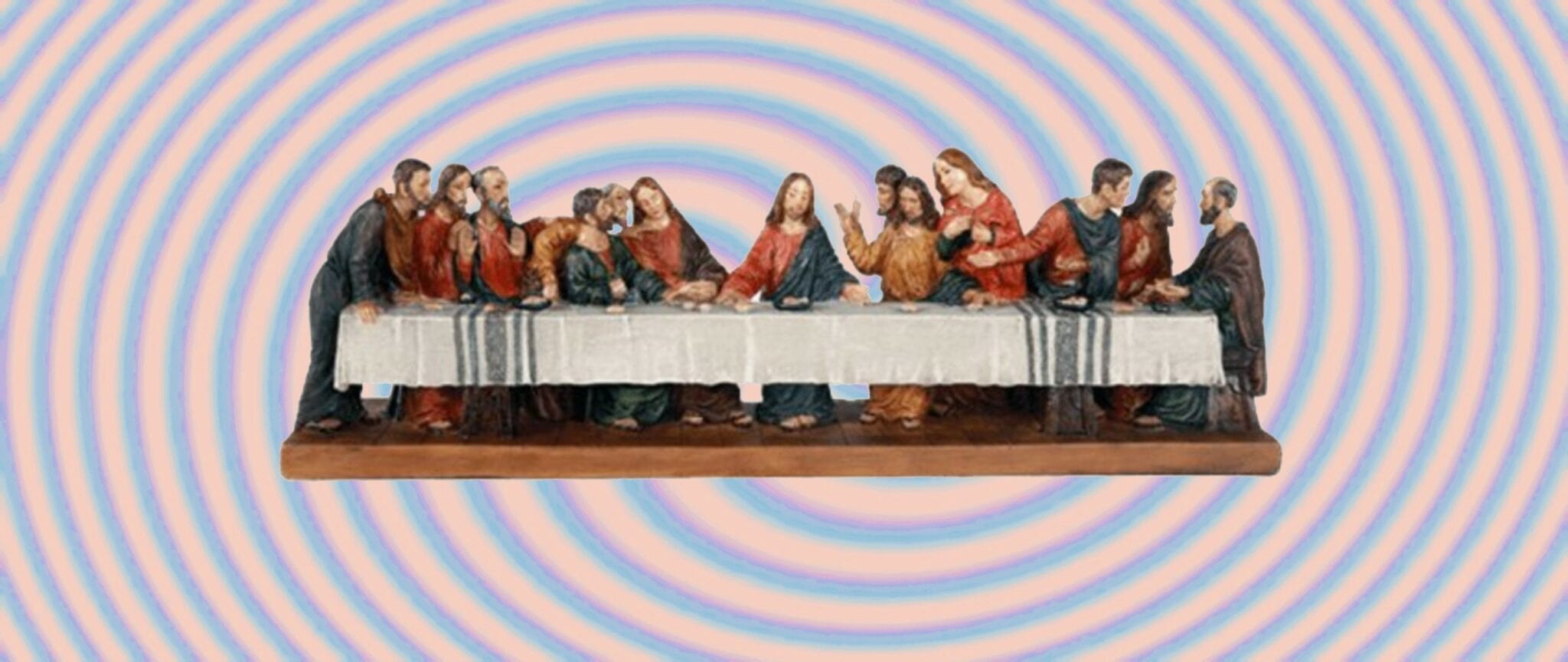
So, sometimes they overlap and sometimes they don’t! Confusing eh? But there is no doubt that they do overlap both culturally and ideologically. In fact, in most European cultures the name for Easter is very similar to the word Passover (Pesach), stemming from the Greek and Latin Pascha. In Spanish it is Pascua, in Italian Pasqua, in Dutch it is Pasen — etc, etc. It is just in English and German (Ostern), really, that we get some variation… and of course, it’s all down to a Pagan goddess…
Eostre, Goddess Of The Dawn
The ancient Anglo-Saxons worshipped a goddess called Eostre, celebrations of whom far predate the Christian ‘Easter’. As we have covered in previous seasonal blogs, the conquering Christians had no qualms with plonking one of their holidays down on top of another culture’s pre-existing ones. It made their hostile takeover, a little bit less hostile (in theory!) Its very possible this is another of those instances.
Eostre was a goddess who represented fertility, and for whom great feasts were thrown by the Pagans. Her emblem was a hare, an ancient symbol of reproduction. Hares were surrounded by much mythology — the ancient Pagans believed that they were hermaphrodites, changing their gender month to month, and able to fertilise themselves. In actual fact, hares do have the ‘honour’ of being able to get pregnant while they are pregnant. They can carry foetuses of different developmental stages at the same time — crazy huh — so it is not surprising they were seen as having the whole fertility thing down.
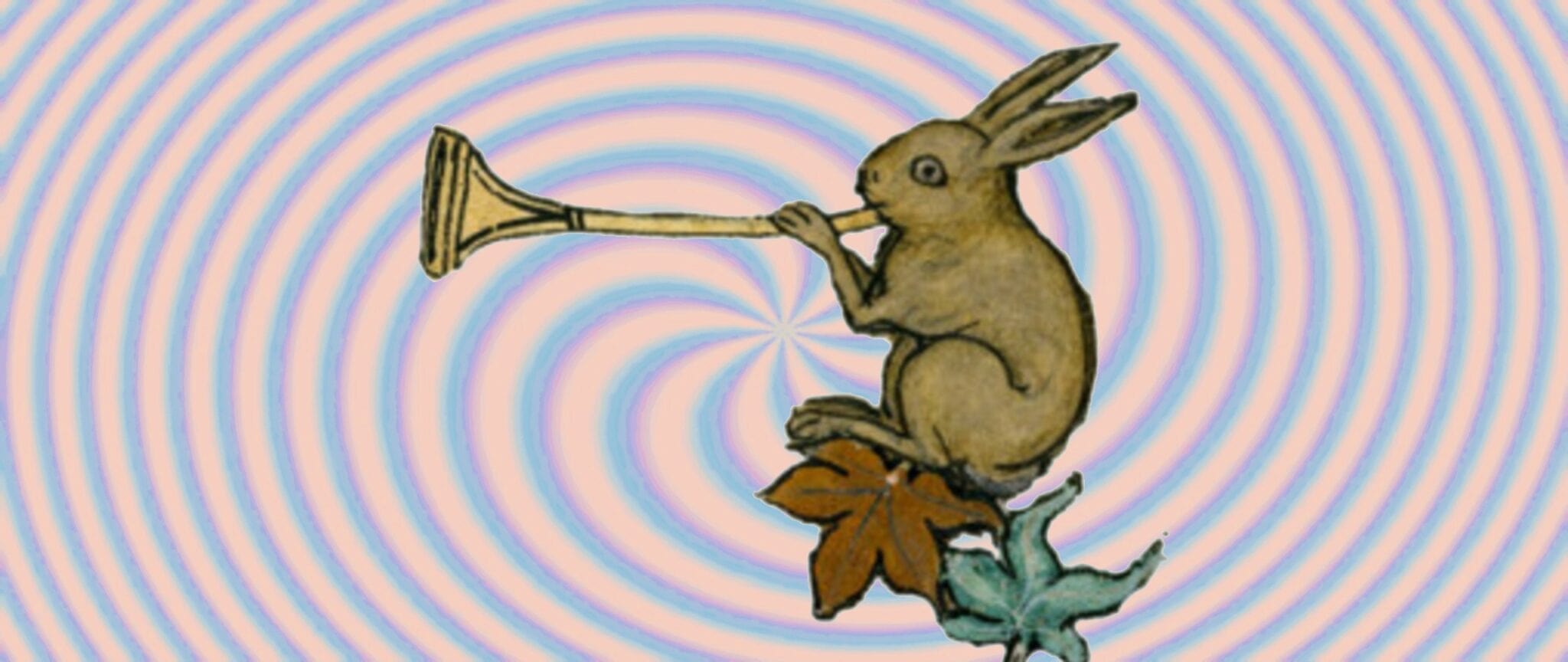
Now, that a hare is pretty similar to a rabbit has not passed us by. Like the date(s) of Easter, the symbols we have come to associate with it have mixed origins too. Let us break ‘em down for you!
The Easter Bunny
It is widely accepted that the Easter Bunny was once the Easter Hare. It’s not certain why the switch came to be (bunnies are a bit cutsier? Maybe easier for Lindor to make into chocolate?) but up until relatively recently it was the German Osterhase (Easter Hare) who would hop about laying (!) colourful eggs for children to find — this first official description dating back to 1682. When German immigrants travelled to settle in America, they brought this bizarre egg-laying mammal with them. It was custom for children to make nests for the hare to lay his eggs in — these became the Easter baskets we know today! However, it is less common nowadays to suppose that the Easter Bunny popped said eggs out himself.

Chocolate Eggs
And with that we segway smoothly into everyone’s favourite Easter tradition — chocolate eggs! Eggs have been highly symbolic and important to many cultures for millennia really. From the Ancient Egyptians, to the Greeks (who even had an eggy religion called Orphism — including the idea that the universe was birthed from a cosmic egg!) it is a symbol of life and rebirth. They became important to Christianity as a symbol of Christ’s rebirth — in many cultures it is custom to paint them red to represent his blood. Decorating eggs to celebrate the world’s rebirth into spring is also an ancient tradition, whose origins are anyone’s guess. But anyhow, somewhere along the way someone had the radical idea of making them chocolate. And, as they say, the rest is history!
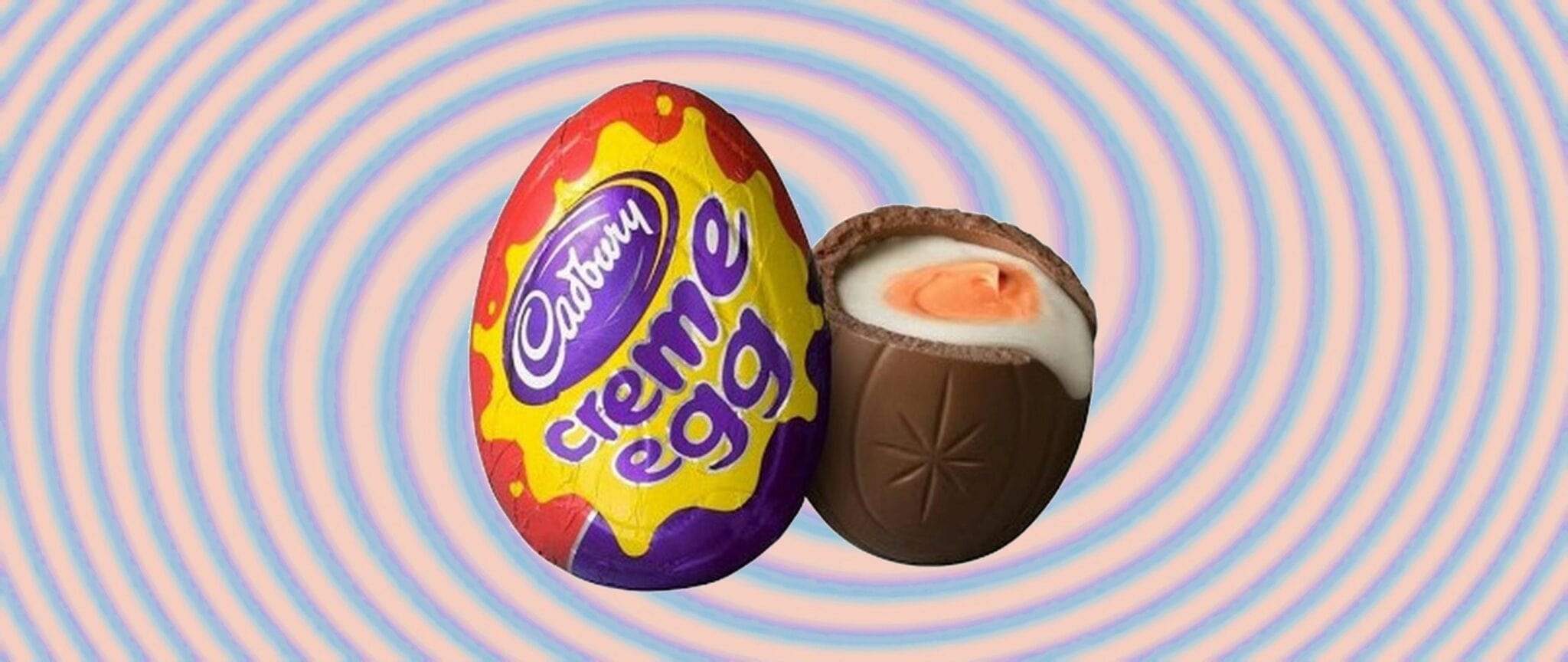
How To Have A Psychedelic Easter
So we’ve dipped our toe into the origins of this chocolate-coated festival… but as we promised, it’s time for some advice on how to have a psychedelic Easter.
Chocolate Shrooms!
There are a couple of ways you can incorporate our Magic Mushroom Chocolate recipe into your Easter this year. If you’re feeling playful, why not make a batch of our magic truffle-filled delights and organise an Easter egg hunt / mushroom foraging hybrid? Hide the chocolates and write some clues to help your friends find them! When they’re all discovered you can hunker down and have a delicious trip together. (Make sure you do the hunt on the same day you make the mushroom chocolates!)
Alternately, if you’ve been given a ton of chocolate eggs this season, why not melt them down to use as the base for your magic truffle chocolates? Tasty, trippy and thrifty!
Make Mushrooms Your Symbol Of Rebirth
Ok, so natural mushroom season is usually between autumn and winter. But, the magic of a grow kit means that you don’t have to rely on this. Why not harvest a fresh new crop of shrooms and have yourself a lovely spring-time trip amongst the blooming flowers?
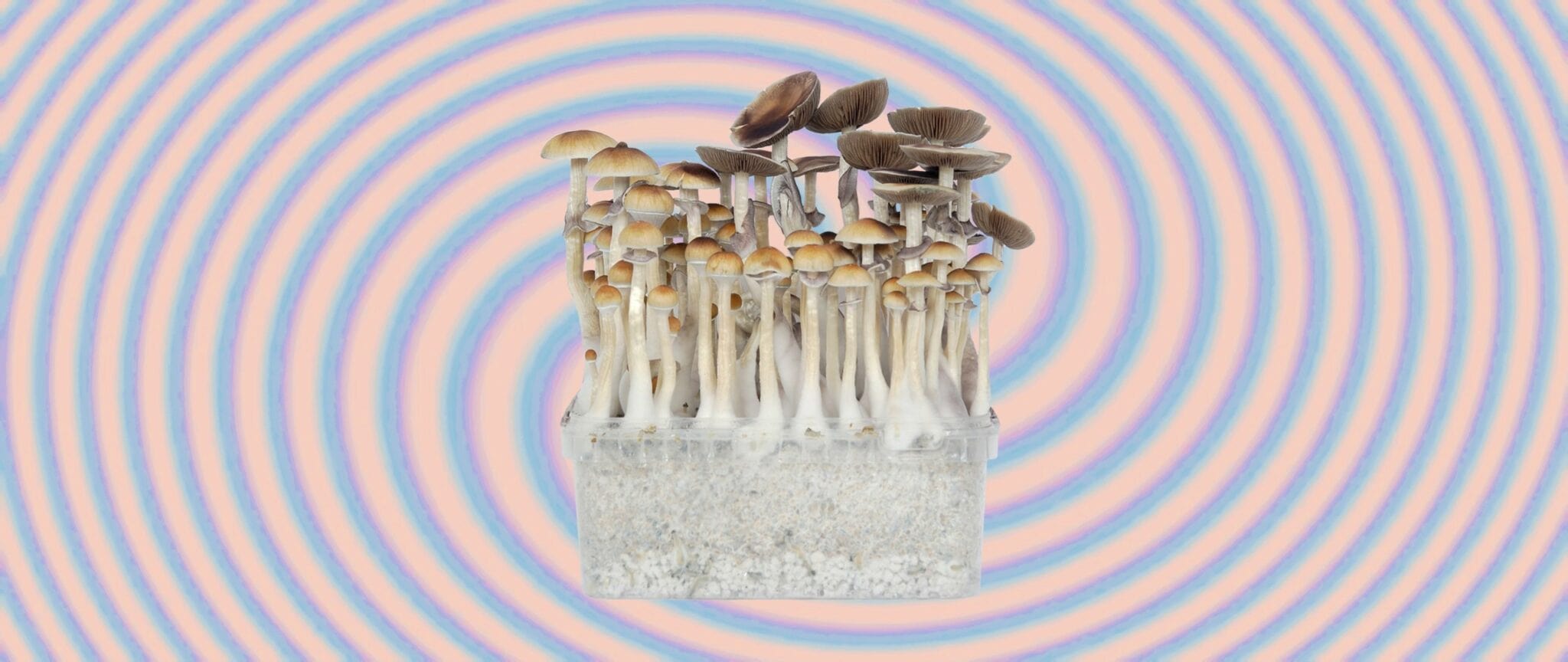
And, hear us out — the egg is of course a more common symbol of rebirth — but perhaps the mushroom can get in on the act too? Mushrooms are famed for growing from ‘death and decay’, rotting things and such. That this awesome organism can grow from digesting what we might see as ‘waste’, makes it a true candidate for the ‘symbol of rebirth’ crown. It’s literally life growing from death! So, why not nibble on some of your freshly grown shrooms this Easter — you might see a hare bouncing about, laying… mushrooms?!
Everything Egg-Shaped!
Before we had the chocolate eggs we adore today, there were other ovoid treats to be had at Easter. In the Victorian times it was customary for children (and sometimes adults) to receive cardboard, tin, ceramic or fabric eggs with gifts nestled inside such as toys or candy. In the grand tradition of egg-shaped things why check out our Pandora’s Box magic truffle grow kit?! It’s kinda egg-shaped, and boy, does it have treats inside! For those with a psychedelic rather than a sweet tooth.
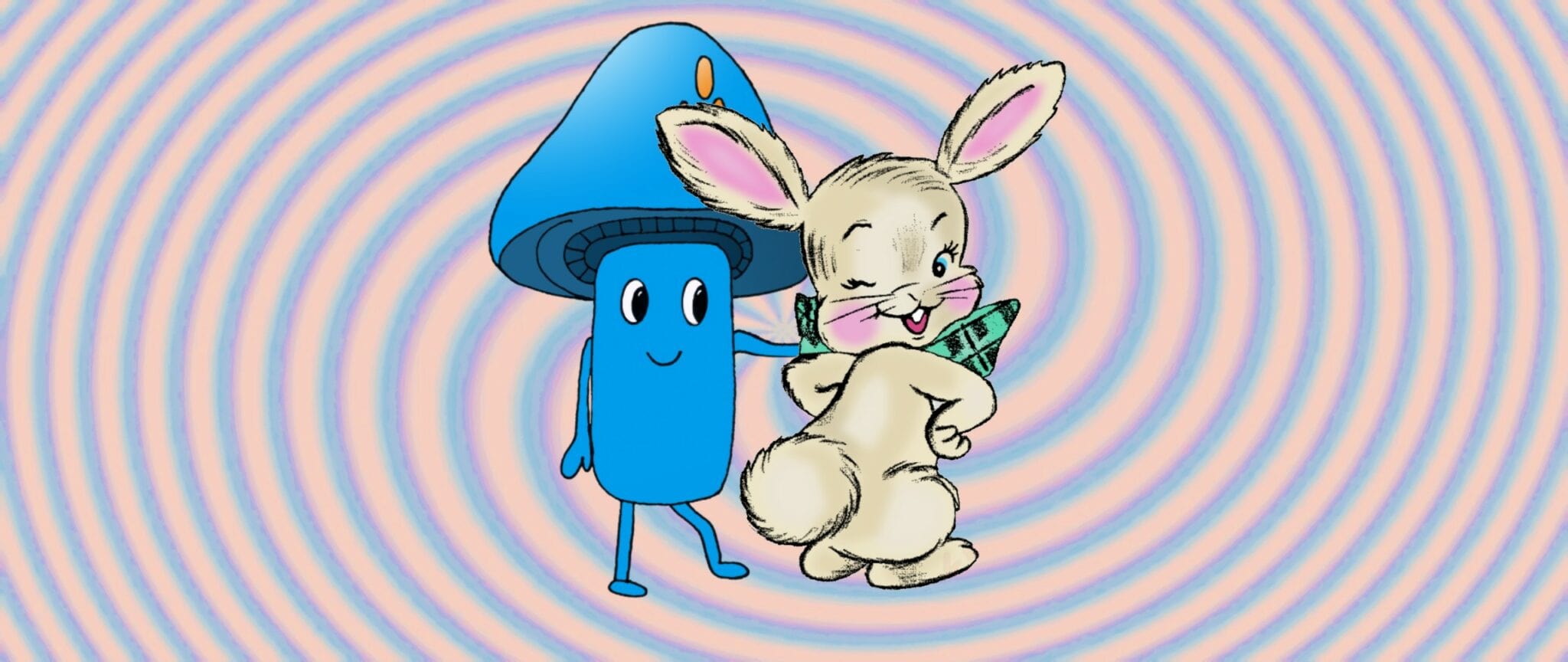
So there you have it! The history of Easter, and how you can rock it today, Wholecelium style.
How do you celebrate Easter? Let us know in the comments below!





